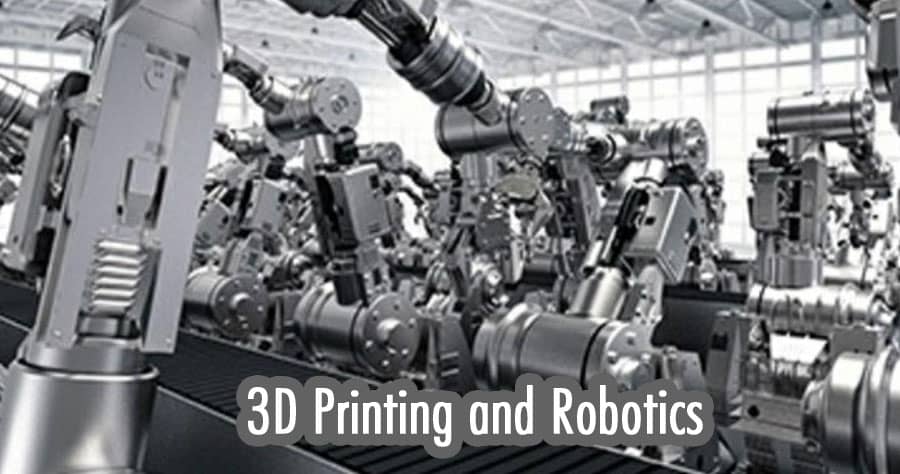Integration of 3D printing and robotics in civil engineering

3D printing and robotics are two rapidly developing technologies that have the potential to revolutionize the field of civil engineering. 3D printing can be used to create complex structures with intricate details, while robotics can be used to automate tasks that are currently done manually.
The integration of 3D printing and robotics has the potential to improve the efficiency, accuracy, and quality of civil engineering projects. It can also help to reduce costs and improve safety.
Here are some examples of how 3D printing and robotics are being used in civil engineering:
- 3D printing of concrete structures: 3D printing can be used to create concrete structures, such as bridges, buildings, and tunnels. This can help to reduce costs and improve safety, as 3D printing can be used to create structures that are more resistant to earthquakes and other natural disasters.
- 3D printing of architectural models: 3D printing can be used to create architectural models, which can help architects and engineers to visualize their designs and to identify potential problems. This can help to save time and money, as it can prevent the need to build physical models.
- Robotic construction: Robots can be used to automate tasks that are currently done manually, such as pouring concrete, placing bricks, and welding. This can help to improve efficiency and accuracy, and it can also help to reduce costs and improve safety.
The integration of 3D printing and robotics is still in its early stages, but it has the potential to revolutionize the field of civil engineering. As these technologies continue to develop, we can expect to see even more innovative applications in the years to come.
Here are some of the benefits of integrating 3D printing and robotics in civil engineering:
- Increased efficiency: 3D printing and robotics can help to reduce the time and labor required to construct buildings and infrastructure. This can lead to significant cost savings.
- Improved accuracy: 3D printing and robotics can help to create structures that are more accurate and precise than those that are constructed using traditional methods. This can improve the safety and durability of buildings and infrastructure.
- Reduced waste: 3D printing and robotics can help to reduce the amount of waste generated during construction. This can benefit the environment and save businesses money.
- Improved quality: 3D printing and robotics can help to create structures that are of higher quality than those that are constructed using traditional methods. This can lead to increased customer satisfaction and improved safety.
Here are some of the challenges of integrating 3D printing and robotics in civil engineering:
- High cost: 3D printers and robots are still relatively expensive, which can limit their adoption by businesses.
- Lack of skilled workers: There is a shortage of skilled workers who are trained in the use of 3D printers and robots. This can make it difficult for businesses to adopt these technologies.
- Regulations: There are a number of regulations that govern the use of 3D printers and robots in construction. These regulations can make it difficult for businesses to adopt these technologies.
Despite the challenges, the integration of 3D printing and robotics in civil engineering is a promising area of research. As these technologies continue to develop, we can expect to see even more innovative applications in the years to come.
